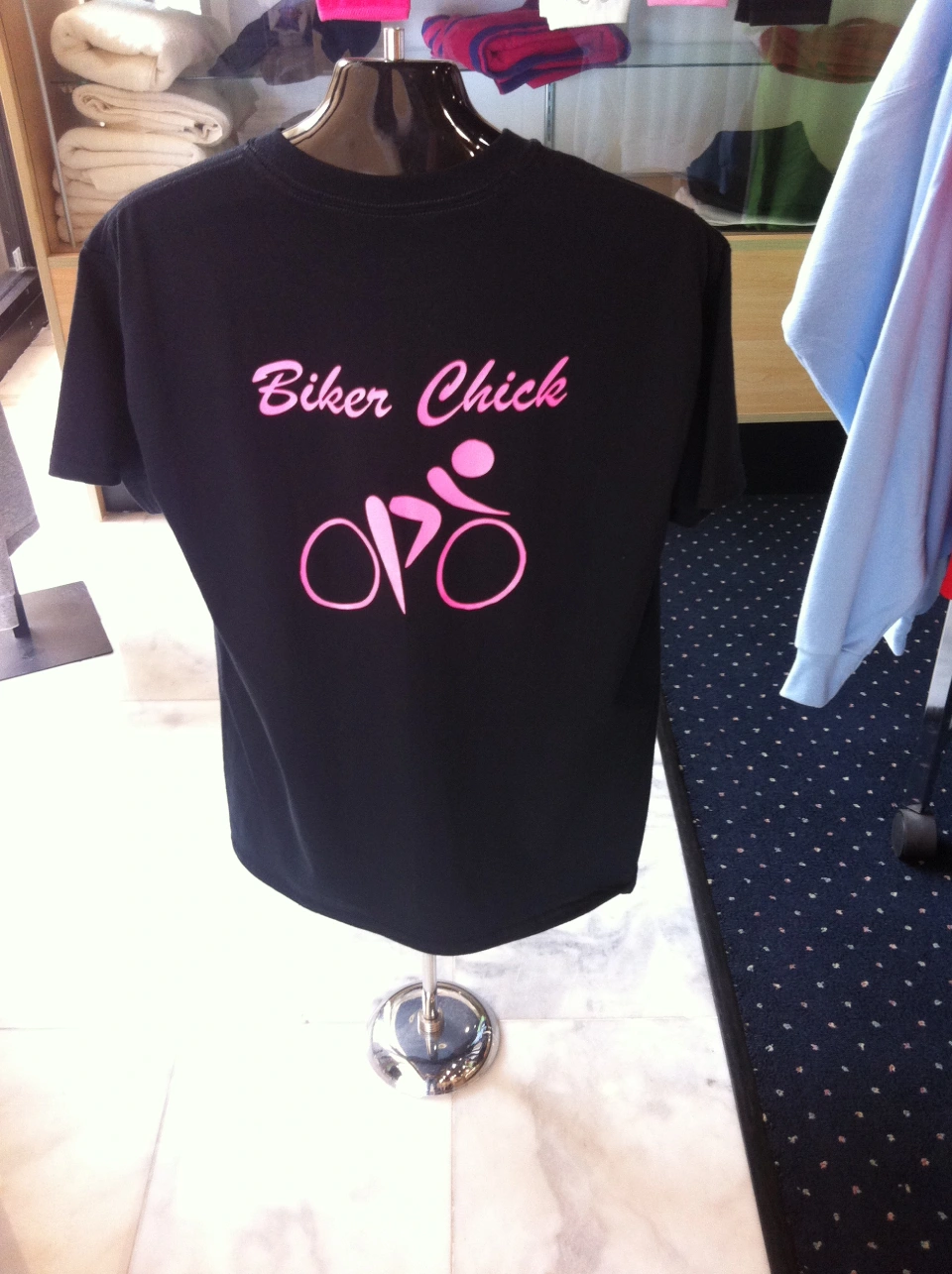Stylish Monogramming on Towels for a Touch of High-end
Stylish Monogramming on Towels for a Touch of High-end
Blog Article
The Art of Personalized Embroidery: Unlocking the Keys to Creating Distinct and Memorable Designs
Needlework, a craft soaked in tradition and artistry, holds within its complex stitches the power to transform textile right into a canvas of special expression. The keys to producing personalized embroidery styles that astound the eye and leave an enduring perception hinge on a fragile balance of technique, imagination, and focus to information. As we look into the world of custom embroidery, we discover the nuanced interaction in between thread option, sew complexity, and design customization that boosts a plain garment to an artwork. Join us on a journey through the art of custom-made embroidery as we unravel the mysteries behind crafting genuinely unforgettable and distinct productions.
Picking the Right Embroidery Threads
When choosing needlework strings, what crucial elements should you take into consideration to make certain the ideal results for your personalized designs? The selection of embroidery thread is vital in determining the last end result of your embroidered layout. Among the primary considerations is the product of the thread. Various materials such as cotton, polyester, rayon, and silk supply differing degrees of luster, sturdiness, and structure. It is vital to choose a string product that enhances the material you are embroidering on and straightens with the desired appearance of the layout.
Thicker threads can include dimension and appearance to your design, while finer strings are excellent for intricate information and little message. Furthermore, considering the color fastness and washability of the string is vital to guarantee that your customized layouts maintain their high quality and vibrancy over time.
Discovering Different Stitch Strategies
To dive right into the world of 'Exploring Different Stitch Techniques', one need to understand the ins and outs and nuances that each stitching approach offers the art of needlework. Various stitch methods not just add aesthetic interest however additionally add to the general appearance and dimension of the layout. One prominent stitch technique is the satin stitch, which involves carefully jam-packed parallel stitches to develop a smooth and glossy surface area, perfect for completing shapes and producing bold describes.
On the various other hand, the backstitch is a flexible technique often used for describing and adding fine information. It includes sewing in reverse to develop a solid line of needlework. Additionally, the French knot stitch adds a tactile element to styles, ideal for creating distinctive accents like blossom centers or decorative touches.
Exploring various stitch methods permits embroiderers to play with light, shadow, and deepness within their layouts, raising the visual allure and imaginative high quality of their needlework tasks. By mastering various stitching techniques, one can open countless opportunities for creating one-of-a-kind and unforgettable personalized needlework items.
Incorporating Personalized Design Aspects
Having discovered the ins and outs of various stitch methods such as the satin stitch, backstitch, and French knot, the focus currently moves towards including personalized layout aspects in customized needlework jobs. Customized style elements play a crucial duty in making embroidery tasks truly distinct and remarkable.
One more way to integrate personalized design elements is by consisting of symbols or concepts that hold special definition to the recipient or mirror their passions and character. For example, integrating a favored blossom, pet, or hobby-related icon can make the embroidery layout much more purposeful and customized. Furthermore, picking colors that resonate with the recipient or line up with the designated motif can even more improve the customization of the embroidery project.
Grasping the Art of Shade Control

One key element of shade sychronisation is comprehending shade theory. This includes recognizing exactly how various colors communicate with each various other, the emotions they communicate, and just how they can be combined to produce visually attractive layouts. By applying color concept principles, embroiderers can develop harmonious color combinations that boost this website the overall appearance of the style.
In addition, focusing More Bonuses on comparison is crucial in color coordination. Making use of contrasting colors can assist specific components of the design pop, improve readability, and create a visually dynamic embroidery item. By grasping the art of color coordination, embroiderers can raise their styles and develop remarkable items that reverberate with clients and audiences alike.
Enhancing Appearance With Advanced Embroidery Stitches
French knots, for instance, are excellent for including small, raised dots to your style, imitating the appearance of beads or creating a textured surface. Bullion knots, on the other hand, can be used to create twisted, ropelike elements her comment is here that add a lavish feeling to the needlework. Seed sewing includes little, scattered stitches that can complete areas with a speckled texture, while turkey work creates cosy, dimensional accents reminiscent of animal fur or foliage. Trying out these advanced embroidery stitches enables you to press the borders of typical needlework and develop genuinely one-of-a-kind and visually enticing appearances in your layouts.
Verdict
Finally, the art of custom-made embroidery involves a combination of picking the ideal threads, exploring numerous stitch methods, incorporating tailored design components, grasping color control, and improving appearance with sophisticated stitches. By comprehending and implementing these crucial elements, embroiderers can create special and memorable styles that display their creativity and ability. Embroidery lovers can unlock the tricks to producing stunning and bespoke pieces that stand out and leave an enduring impression.
Report this page